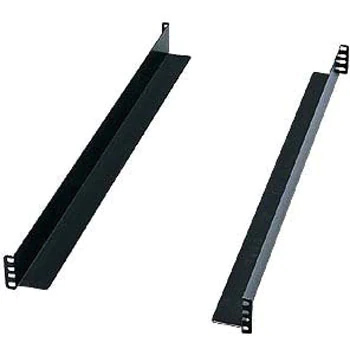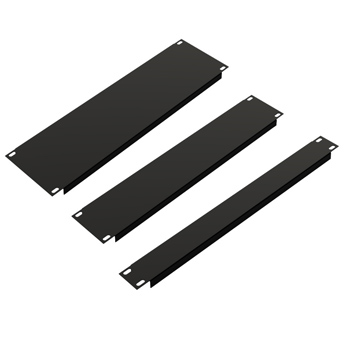SUPPORT ANGLE FOR NETWORKING RACK
A support angle networking rack, also known as a wall-mount network rack or a network cabinet, is a type of enclosure used for housing networking equipment and organizing network cables. It is designed to be mounted on walls or other vertical surfaces to save floor space and provide a secure and centralized location for network components.
Here are some key features and benefits of a support angle networking rack:
1. Space-saving design: Wall-mount racks are ideal for environments where floor space is limited. By mounting the rack on a wall, you can keep your networking equipment organized and easily accessible without occupying valuable floor space.
2. Equipment protection: The rack provides physical protection for your networking devices, such as servers, switches, patch panels, and other network accessories. It helps prevent accidental damage and unauthorized access, ensuring the longevity and security of your equipment.
3. Cable management: Most networking racks come with built-in cable management features, such as cable routing holes, cable ties, and panels. These features help organize and route network cables neatly, reducing cable clutter and making maintenance and troubleshooting easier.
4. Ventilation and cooling: Many support angle racks are designed with ventilation features, including perforated doors or side panels. This allows for better airflow, which helps prevent overheating of network equipment. Some racks also offer options for additional cooling mechanisms, such as fans or ventilation fans.
5. Easy installation and accessibility: Wall-mount racks are typically designed for easy installation. They often include mounting hardware and instructions, making it convenient to set up. Additionally, the open design of the rack allows for easy access to the front and rear of the equipment, simplifying maintenance, upgrades, and troubleshooting tasks.
6. Scalability: Networking racks are available in various sizes and configurations, allowing for scalability and future expansion. You can choose a rack that suits your current needs and easily upgrade or add components as your network grows.
When selecting a support angle networking rack, consider factors such as the size and weight capacity of the rack, the number and type of equipment you need to house, as well as any specific requirements for cable management or cooling. It's also important to ensure that the rack is compatible with the mounting surface and that it meets industry standards for safety and security.
It's worth noting that while the term "support angle networking rack" is not commonly used in the networking industry, the features and benefits described above generally apply to wall-mount network racks in general.



